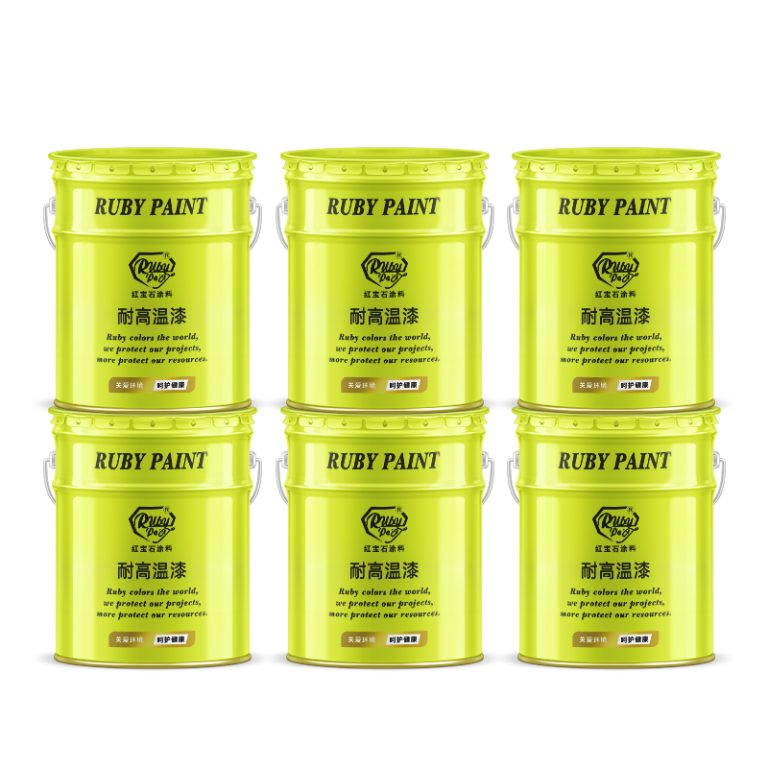Table of Contents
Winter Wonderland: A Step-by-Step Acrylic Painting Tutorial
Winter landscapes offer a serene and picturesque setting that can be beautifully captured through acrylic painting. In this tutorial, we will guide you through the process of creating a winter wonderland scene using acrylic paints. Whether you are a beginner or an experienced artist, this step-by-step guide will help you create a stunning winter landscape painting.

To begin, gather all the necessary materials including acrylic paints, brushes, a palette, a canvas, and a cup of water for rinsing brushes. Start by selecting a reference photo or imagining a winter scene you would like to paint. This could be a snow-covered forest, a frozen lake, or a quaint village blanketed in snow.
Once you have your scene in mind, sketch the basic outline onto your canvas using a pencil. This will serve as a guide for your painting and help ensure that the proportions and placement of elements are accurate. Keep the sketch light so that it can be easily covered by paint.
Next, start by painting the sky. In winter scenes, the sky often has a cool, muted tone. Mix a light blue with white to achieve a soft, wintery sky. Use broad, horizontal strokes to create a smooth gradient. As you move towards the horizon, gradually add more white to the mixture to lighten the sky.
After the sky is complete, move on to the snow-covered ground. Use a mixture of white and a small amount of blue to create a cool, shadowed snow color. Apply the paint using horizontal strokes, allowing some of the underpainting to show through to create depth and texture. Pay attention to the areas where shadows would naturally occur, such as under trees or near objects, and use a darker shade of blue to define these areas.
Now, begin adding the details of your winter landscape. If you are painting trees, use a darker shade of green mixed with blue for the evergreens. Use a thin brush to paint the branches and needles, starting from the top and working your way down. For leafless trees, use a mixture of brown and black to paint the trunks and branches. Add highlights to the trees using a lighter shade of the same color to give them dimension.
If your scene includes a frozen lake or river, paint this using a mixture of white and light blue. Use horizontal strokes to mimic the smooth surface of the ice. You can add subtle reflections or cracks in the ice for added realism.
As you continue to add details, such as houses, fences, or animals, keep in mind the light source and the perspective of the scene. Use lighter colors for surfaces that are hit by light and darker colors for shaded areas. This will help create a sense of depth and realism in your painting.
Finally, once all the elements of your painting are complete, take a step back and assess your work. Make any necessary adjustments or touch-ups. You can add falling snow by using a small brush to dot white paint across the canvas, focusing on areas near the top and lessening as you move downward.
In conclusion, painting a winter landscape with acrylics can be a rewarding experience that captures the beauty and tranquility of the season. By following these steps and using your creativity, you can create a winter wonderland that brings the magic of winter to life on your canvas.
Capturing the Northern Lights: Acrylic Techniques for a Winter Night Sky
Winter landscapes offer a unique opportunity for artists to explore the beauty of nature in its most serene and tranquil state. One of the most captivating phenomena to capture in a winter landscape painting is the Northern Lights, or Aurora Borealis. This natural light display can add a magical and ethereal quality to your artwork. In this tutorial, we will explore various acrylic painting techniques that will help you effectively depict the Northern Lights in a winter night sky.
| Number | Product |
| 1 | Fluoracarbon middle paint |
To begin, it is essential to choose the right canvas and acrylic paints. A stretched canvas or canvas board of any size can be used, but a medium to large canvas will give you more space to work with the details of the Northern Lights. For paints, it is recommended to use high-quality acrylics that offer good pigmentation and blending capabilities. Colors such as phthalo blue, ultramarine blue, titanium white, cadmium yellow, and quinacridone magenta will be particularly useful.
Start by creating a gradient background for your night sky. Use a mix of phthalo blue and ultramarine blue for the upper part of the sky, gradually blending it into a lighter shade by adding white towards the horizon. This will create a deep and rich backdrop, setting the stage for the vibrant colors of the Northern Lights. Ensure that the paint is applied smoothly and evenly, using a wide, soft brush to avoid harsh lines.
Once the background is dry, it’s time to add the Northern Lights. The key to painting this phenomenon is to mimic the flowing, ribbon-like patterns that characterize these lights. Begin by sketching out the general shape of the aurora with a light pencil or chalk. This will serve as a guide for your paint application. Next, select a bright color such as cadmium yellow or quinacridone magenta to start. Using a thin, round brush, apply the paint in a wavy, vertical motion to create the illusion of movement. Gradually blend other colors into the initial hue to add depth and dimension. For instance, introducing phthalo blue or white can create a glowing effect.
As you work on the Northern Lights, remember to keep the brushstrokes soft and fluid. The transitions between colors should be seamless, which can be achieved by gently blending the edges while the paint is still wet. Additionally, you can use a dry brush technique to soften any areas that may appear too harsh or defined. This involves lightly dragging a dry, clean brush over the wet paint to diffuse the color.
To enhance the overall atmosphere of your winter landscape, consider adding elements such as snow-covered trees, a frozen lake, or distant mountains. These features can be painted using a palette knife or a smaller brush for finer details. Use a mix of titanium white and blue to create the snow, applying it with a light touch to achieve a textured effect.
Finally, step back and review your painting. Make any necessary adjustments to the colors or composition to ensure that the Northern Lights are the focal point of the piece. Once you are satisfied with the result, allow the painting to dry completely before adding a protective varnish.
| No. | Commodity Name |
| 1 | Industrial paint |
By following these steps and experimenting with different techniques, you can create a stunning acrylic painting of a winter landscape featuring the mesmerizing Northern Lights. This project not only allows you to capture the beauty of a winter night sky but also provides an opportunity to enhance your skills in working with acrylic paints.






